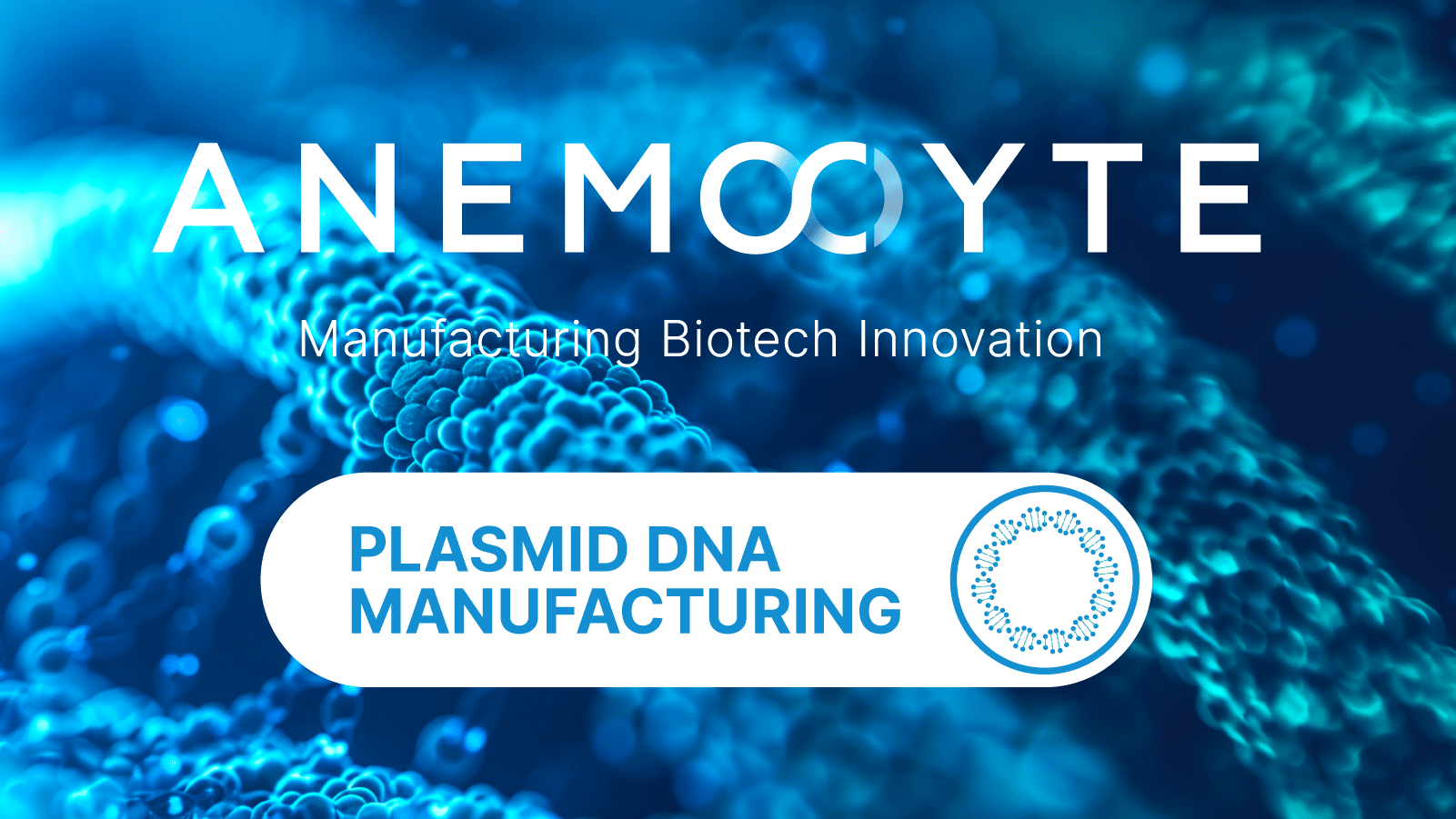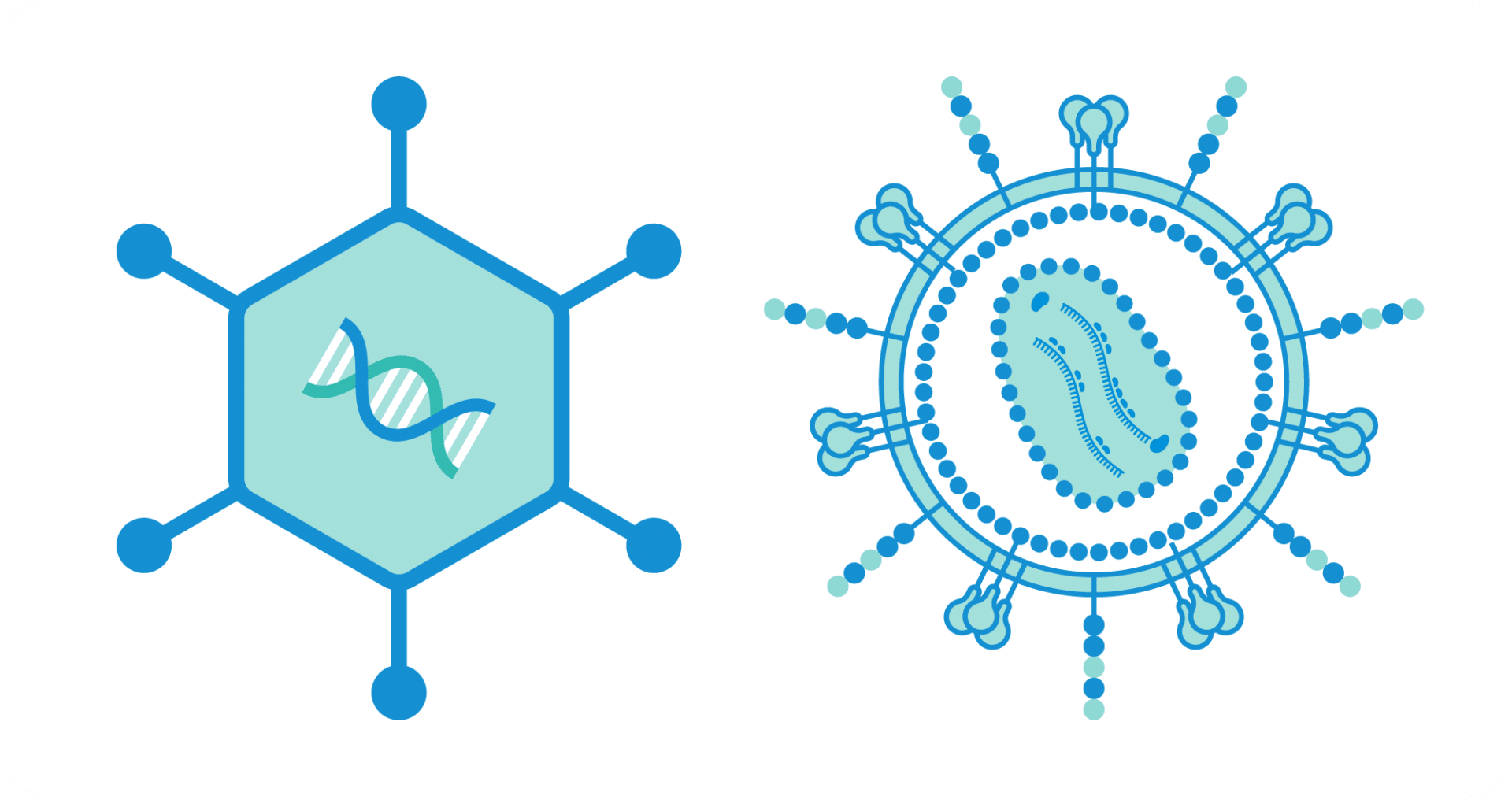
Introduction
The utilization of plasmid DNA in the production of viral vectors for gene therapy represents a critical advancement in medical biotechnology. Viral vectors, including retroviral, adenoviral, and lentiviral vectors, are pivotal in gene therapy due to their high transduction efficiency and stable gene expression. However, the field faces significant challenges, such as production costs, immune responses, and the precise regulation of transgene expression (IntechOpen, 2022). This article explores the current state of plasmid DNA use in viral vector production, regulatory considerations, recent advancements, and supply chain implications.
The Importance and Challenges of Viral Vector Production
- Production Costs and Immune Responses: Viral vector production is a costly endeavor, necessitating sophisticated bioprocessing facilities and stringent quality control measures. The immune response elicited by viral vectors is another critical challenge, as it can limit the effectiveness and safety of gene therapy. Strategies to mitigate these responses include modifying viral vector components to reduce immunogenicity (IntechOpen, 2022).
- Transgene Expression Regulation: Precise regulation of transgene expression is essential to ensure therapeutic efficacy and safety. This involves engineering viral vectors to include regulatory elements that control the timing, location, and level of gene expression (IntechOpen, 2022).

Recent Advances in Viral Vector Engineering
Recent engineering advancements have significantly improved the delivery efficiency and safety of viral vectors, targeting various diseases such as cancer, cardiovascular, and metabolic diseases. These improvements are evident in several approved viral vector-based drugs and vaccines, such as those developed for COVID-19 and Ebola (Preprints, 2023; International Review of Cell and Molecular Biology, 2023).
- Adenoviruses and Adeno-Associated Viruses (AAVs): Adenoviruses and AAVs have been engineered to enhance specificity and reduce off-target effects. For instance, new AAV vectors have been designed for local neuronal transduction in the brain, significantly improving targeted gene delivery while minimizing peripheral transduction (bioRxiv, 2021).
- Lentiviral Vectors: Lentiviral vectors have been instrumental in T cell engineering for adoptive cell therapies, such as CAR-T cell therapy for blood cancers. Despite their clinical success, challenges remain in scaling up these therapies, necessitating GMP-compliant technologies and protocols (Viruses, 2021).
Regulatory and Supply Chain Considerations
Regulatory considerations for plasmid DNA in gene therapy manufacturing are multifaceted, involving stringent guidelines to ensure the safety and efficacy of therapeutic products (Human Gene Therapy, 2017).
- Regulatory Alignment and Supply Chain Management: Aligning plasmid DNA specifications between manufacturers and users is critical. Discrepancies in regulatory requirements can lead to supply chain bottlenecks, emphasizing the need for robust supply chain management and clear communication between stakeholders (Cell & Gene Therapy Insights, 2022).
- Scalability and Quality Standards: Ensuring the quality of plasmid DNA during large-scale production is challenging. While GMP-grade plasmid DNA is mandatory for direct human use, High Quality Grade plasmid DNA may suffice for producing viral vectors, depending on the regulatory framework (Methods of Molecular Biology, 2014).
Conclusion
The use of plasmid DNA in viral vector production for gene therapy continues to evolve, driven by advancements in engineering, regulatory frameworks, and supply chain management. Addressing the challenges of production costs, immune responses, and precise transgene expression regulation is essential for the continued success of gene therapies. Robust regulatory alignment and effective supply chain management will ensure the availability of high-quality plasmid DNA, ultimately enhancing the efficacy and safety of gene therapy applications.
References
- Viral Vectors in Gene Therapy and Clinical Applications. IntechOpen, 2022.
- Viral Vectors Engineered for Gene Therapy. Preprints, 2023.
- Regulatory & Supply Chain Implications for Plasmids as Critical Starting Materials in the Manufacture of Viral Vector Gene Therapy Products. Cell & Gene Therapy Insights, 2022.
- Viral Vectors Engineered for Gene Therapy. International Review of Cell and Molecular Biology, 2023.
- Viral Vector-Based Gene Therapy. International Journal of Molecular Sciences, 2023.
- Engineering Viral Vectors for Acoustically Targeted Gene Delivery. bioRxiv, 2021.
- Lentiviral Vectors for T Cell Engineering: Clinical Applications, Bioprocessing and Future Perspectives. Viruses, 2021.
- Plasmid DNA Manufacturing for Indirect and Direct Clinical Applications. Human Gene Therapy, 2017.
- Pharmaceutical Grade Large-Scale Plasmid DNA Manufacturing Process. Methods of Molecular Biology, 2014.
- Production and Purification of Plasmid DNA Vaccines: Is There Scope for Further Innovation? Expert Review of Vaccines, 2014.
- Identifying Widespread and Recurrent Variants of Genetic Parts to Improve Annotation of Engineered DNA Sequences. bioRxiv, 2023.